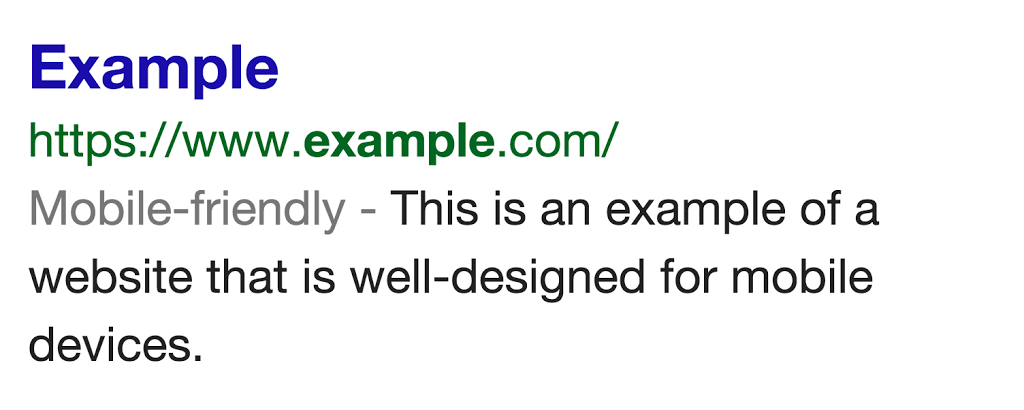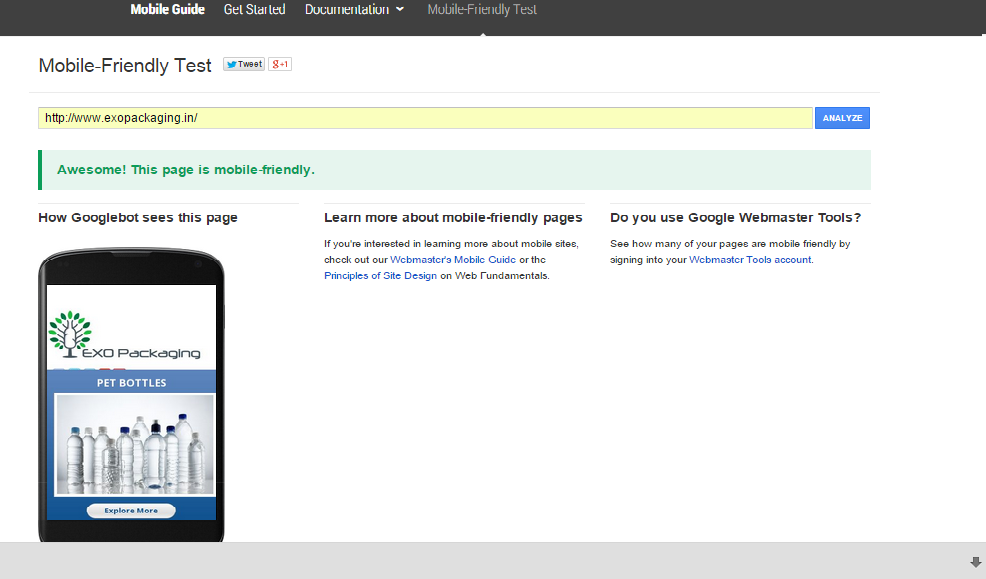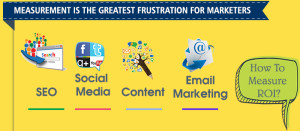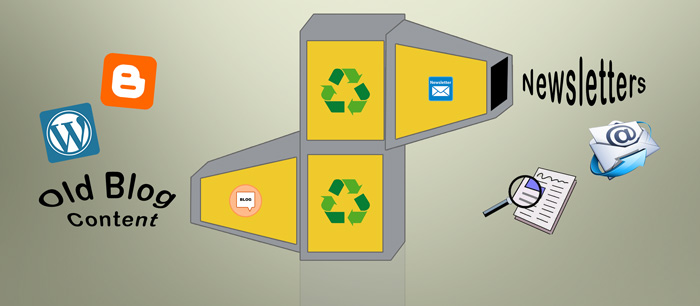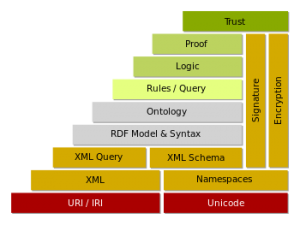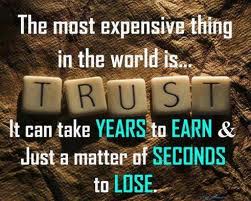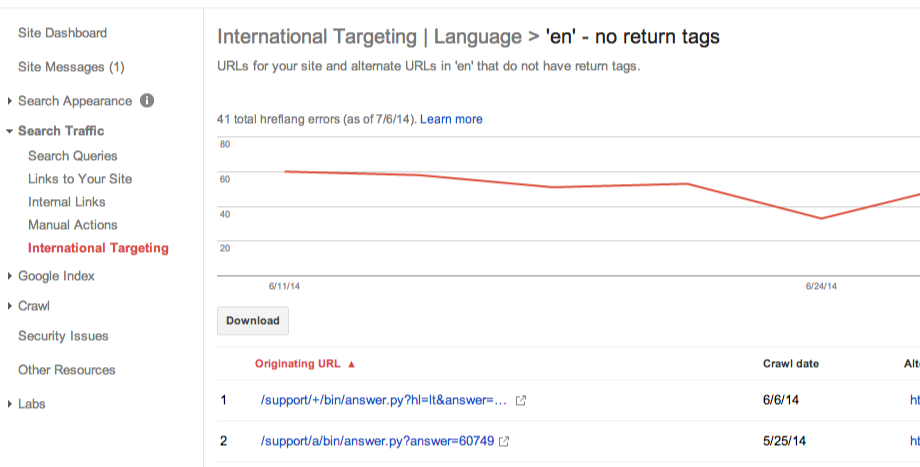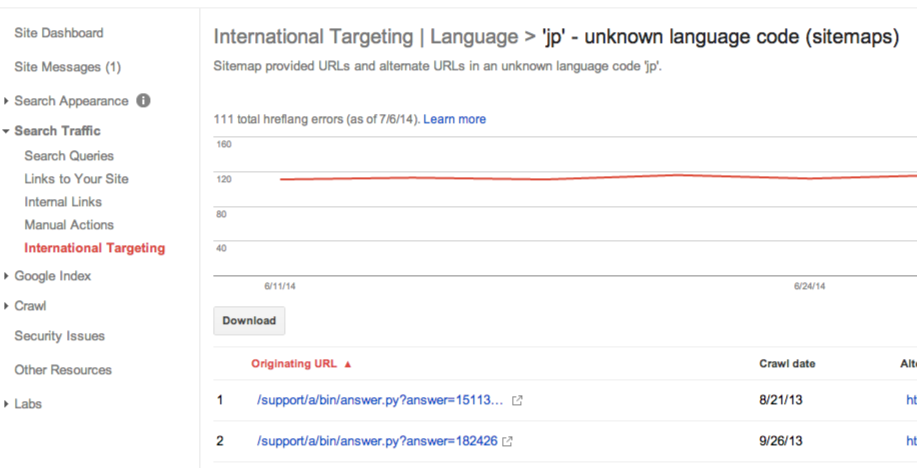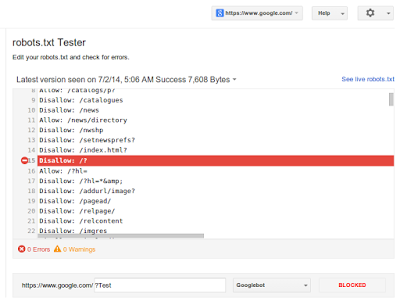Can you imagine life without Google? The brand has become such an important part of our everyday internet use as the number one search engine. More recently, its increasing array of products have made themselves comfortable on our computers; GoogleDrive, GoogleMaps, etc. And like a true friend, it doesn’t mind if we fire the odd joke in its direction.
 James Reynolds is the founder of Veravo. which consists of two search engine marketing agencies; SEO Sherpa and Click Jam. He is also the host of the Traffic Jam Podcast. James is fanatical about all things search, social and content on the web. He is a contributor to several leading publications and mentors start up companies in his free time.
James Reynolds is the founder of Veravo. which consists of two search engine marketing agencies; SEO Sherpa and Click Jam. He is also the host of the Traffic Jam Podcast. James is fanatical about all things search, social and content on the web. He is a contributor to several leading publications and mentors start up companies in his free time.

